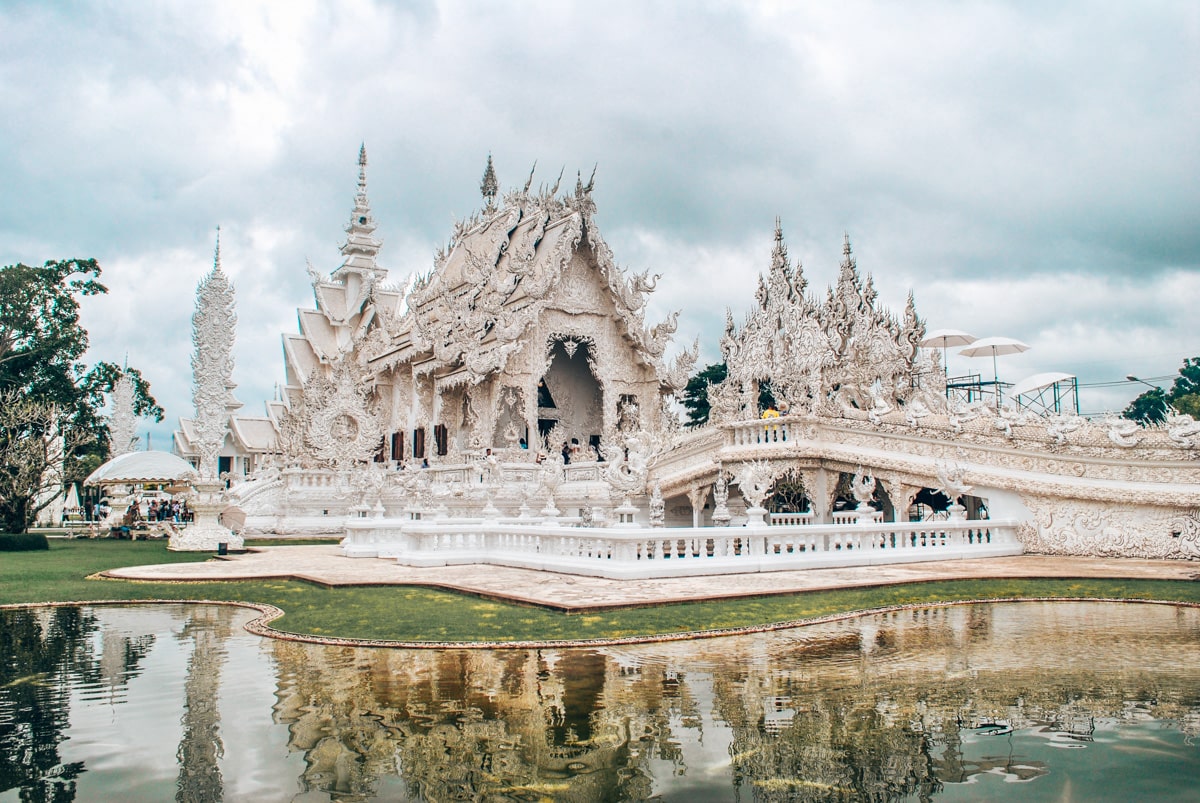Although people have lived in Chiang Rai since the seventh century, King Meng Rai did not formally establish the city as the capital of the Lanna Kingdom until 1262. Since Chiang Mai became the capital, Chiang Rai has been in the background, which is excellent news for tourists but bad news for locals.
Chiang Rai Province is now a tourist hotspot thanks to its wealth of historical sites and beautiful landscapes. Magnificent mountain scenery, hill tribal villages, and the ruins of old civilizations and Buddhist shrines are among the attractions. Jungle trekking is a once-in-a-lifetime opportunity for nature lovers visiting Chiang Rai. Hikers can traverse the northern mountains on a variety of paths used by numerous hill tribes, many of whom still practise their ancient ways of life.
Chiang Rai Province People
The province of Chiang Rai, which was once the capital of the great kingdom of Lanna, is rich in historical sites, beautiful landscapes, and exciting natural attractions. One such site is the Golden Triangle, the meeting point of Thailand, Laos, and Burma. This region was once an important hub for the opium trade, which had a profound impact on local customs and ways of life.
Because its residents enjoy very gradual growth and very traditional rural lifestyles, Chiang Rai has dropped off the tourist radar for many years. Every town in the clan still has its own distinct personality, and the clan as a whole still lives in bamboo huts.
Chiang Rai Province has recently seen a meteoric rise in tourism as more and more people go there to see authentic Indian culture, particularly the many mountain tribes that call the area home. Tourists are lucky because Chiang Rai is also a hub for community development initiatives that assist locals in rural areas in developing their sites in a way that doesn’t damage the area’s cultural and environmental treasures.


